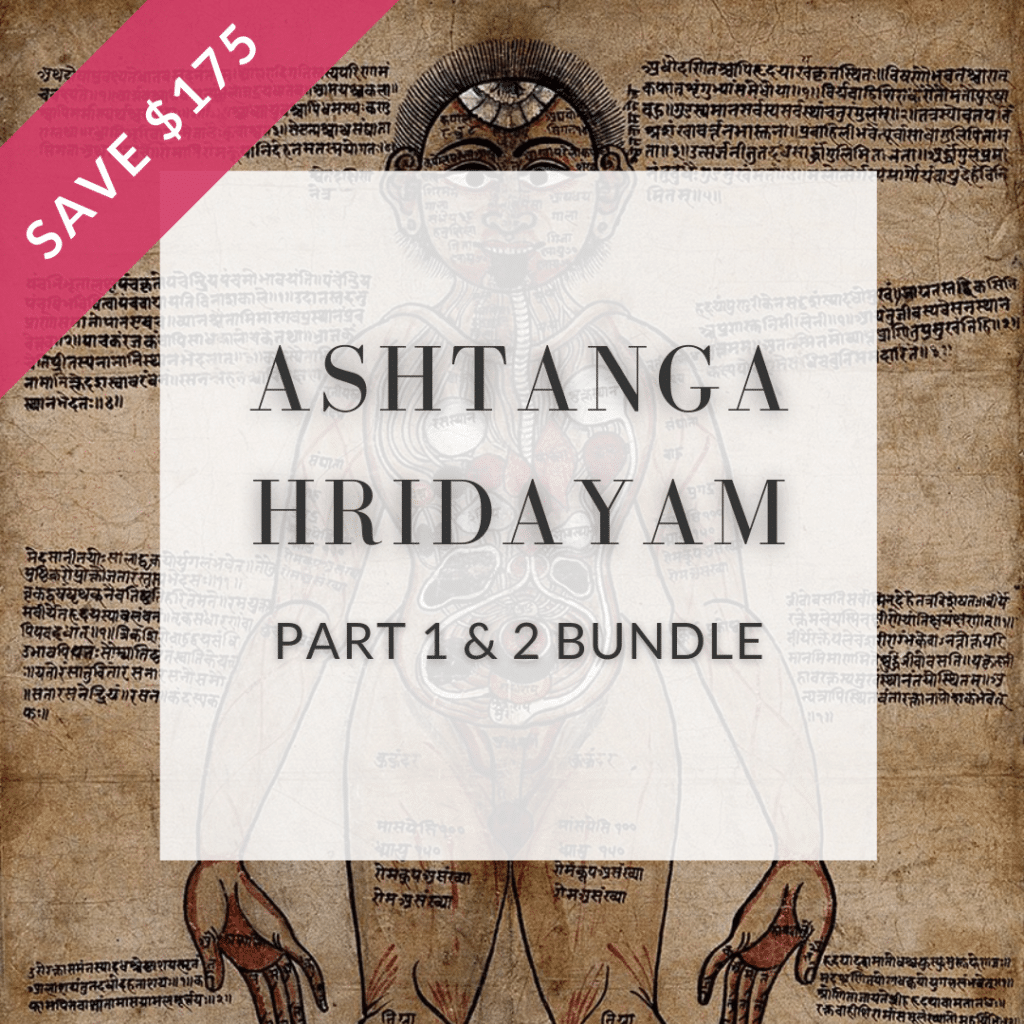


The Hridayam (about 7,800 verses) is written in prose and seems to have a slightly different organization of material than the former. The Ashtanga Sangraha is nearly 40% greater in size (by verse count) and is primarily poetry with prose. There are two works by a person or persons with this name. Dallana has been regarded as the most influential commentator on Sushruta’s work.Īshtanga Hridayam and Ashtanga Sangraha Ashtanga Sangraha and Ashtanga Hridayam are the work of a person named Vagbhata. Sharma has recently written a translation with both the Sanskrit/Devanagari and English that includes Dallana’s commentary. Bhishagratna’s translation is English and Sanskrit. This work, also originally written in Sanskrit, is now available in English with Devanagari. With its emphasis on pitta, surgery, and blood, this work best represents the transformational value of life. This work is the first to enumerate and discuss the pitta sub-doshas and the marmas. This work is unique in that it discusses blood in terms of the fourth doshic principle. For example, the most comprehensive and frequently quoted definition of health is from Sushruta. The Sushruta Samhita, while dealing with the practice and theory of surgery, is an important source of Ayurvedic aphorisms. Its style is both prose and poetry with poetry being the greater portion. It is thought to have arisen about the same time period as the Charaka Samhita, slightly after or before it according to different authorities. This work also is said to be a redaction of oral material passed down verbally from generation to generation. This branch of medicine arose in part from the exigencies of dealing with the effects of war. The Sushruta Samhita presents the field of Ayurvedic surgery (shalya). All three translators have excellent academic or/and clinical credentials supporting their works. Sharma version lacks these features but does have extensive commentary incorporated in with the original text. It has numerous appendices and an extensive index. Sharma’s English version is said to be a scholarly and relatively faithful work. Sharma translation comes in four volumes, two of original text and two of commentary about the original work. This field is self-aware it is the Knower as well as the object of perception, and for Charaka this is part of what is to be treated by the physician. It gives more discussion about the notion that life is fundamentally a field of intelligence and pure knowledge. Seen from a greater perspective, this work seems to represent a certain value of consciousness that is different from other works. Charaka never discusses the sub-types of pitta and kapha, but does list and describe the 5 sub-types of vata. This is largely the theory of the internal fire–of digestion–or internal medicine, in modern terms. It presents most of the theoretical edifice of Ayurveda and concentrates on the branch of Ayurveda called kayachikitsa (internal medicine).

For example, Charaka contains over 8,400 metrical verses, which are often committed to memory, in toto, by modern medical students of Ayurveda. Poetry was known to serve as a memory aid. The language of Charaka is Sanskrit and its style is poetry, with meter and melody. Dridhabala, living about 400 AD, is believed to have filled in many verses of missing text (perhaps up to 20%) in the Chikitsasthana and elsewhere, which disappeared over time. This work is sometimes considered a redaction of an older and more voluminous work, Agnivesha Samhita (46,000 verses), which is no longer extant. It is not known who this person was or, if indeed, this represents the work of a “school of thought.” It could have been from a group of scholars or followers of a man known as Charaka or an original composition from a single person named Charaka. It is felt to be one of the oldest and the most important ancient authoritative writings on Ayurveda. The Charaka Samhita is believed to have arisen around 400-200 BCE. The Great Three Classics of Ayurveda Charaka Samhita By Michael Dick, MS THE GREAT THREE AUTHORS


 0 kommentar(er)
0 kommentar(er)
